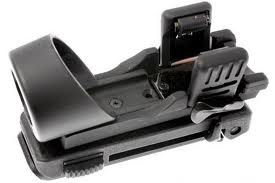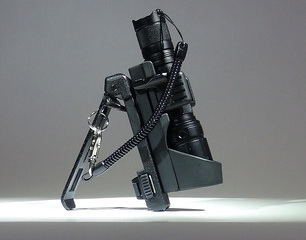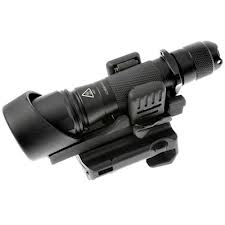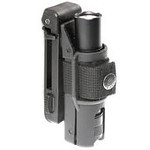Sorry for the other readers in this thread. You all had good info back and we learned a lot new insides.
I tried to answer all Your questions to my best knowledge.
We did a long term research and never claimed anything.
We just wrote down what we did and found.
Apparently not all can read it the way we intended it to be.
NLI,
I don't think you misunderstand what I write on purpose.
Maybe You honestly think that everyone is wrong and You are the only one that sees the truth in all.
If You think that You are the Professional that needs to uncover the truth and that we are just some Laymen with anecdotal evidence, so be it.
I can tell You that there are no conspiracy and no secret complots here that have to be drawn out.
Any inconsistencies You think You have to find, are probably due to translation or just misreading on Your side.
I really did my best to translate it in words You could understand.
Being a teacher,I am sorry I failed in that.
I won't react on NLI's claims and statements anymore.
I hope that others will do the same and not react on NLI anymore, otherwise he will effectively kill this thread.
Scottyhazzard,
Lets talk on this by pm.
I tried to answer all Your questions to my best knowledge.
We did a long term research and never claimed anything.
We just wrote down what we did and found.
Apparently not all can read it the way we intended it to be.
NLI,
I don't think you misunderstand what I write on purpose.
Maybe You honestly think that everyone is wrong and You are the only one that sees the truth in all.
If You think that You are the Professional that needs to uncover the truth and that we are just some Laymen with anecdotal evidence, so be it.
I can tell You that there are no conspiracy and no secret complots here that have to be drawn out.
Any inconsistencies You think You have to find, are probably due to translation or just misreading on Your side.
I really did my best to translate it in words You could understand.
Being a teacher,I am sorry I failed in that.
I won't react on NLI's claims and statements anymore.
I hope that others will do the same and not react on NLI anymore, otherwise he will effectively kill this thread.
Scottyhazzard,
Lets talk on this by pm.




 )
)
